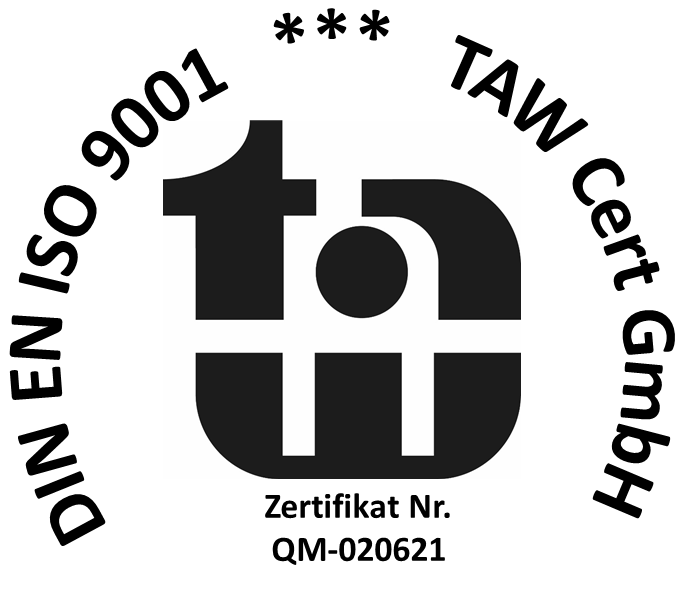Magnetic Systems Magnet types AlNiCo Magnets
AlNiCo Magnets

The alloy of iron with aluminium, nickel and cobalt as well as copper can be used at temperatures from -270°C to 500°C and is resistant to most acids. You can find many versions of AlNiCo magnets at masetec.
Use of AlNiCo magnets
The use of AlNiCo magnets is especially advantageous where there are high temperature fluctuations or the magnets must withstand the influence of acids or corrosion. Examples for their use are measuring instruments, sensors, electric motors or loudspeakers.
Design of AlNiCo magnets
AlNiCo magnets can contain iron, copper or titanium in addition to the basic materials aluminum, nickel and cobalt.
Production of AlNiCo magnets
AlNiCo magnets are sintered or cast. In the casting process the components are melted and poured into moulds. In the sintering process the materials are pulverized, pressed under high pressure and sintered under vacuum or inert gas.
Coatings on AlNiCo magnets
Because AlNiCo magnets are extremely corrosion and acid resistant, they do not require any coating.
Magnet selection guide
| LOW | HIGH | |||
Energy product | Ferrite | AlNiCo | SmCo | NdFeB |
Costs | Ferrite | AlNiCo | NdFeB | SmCo |
Max. Operating Temperature | NdFeB | Ferrite | SmCo | AlNiCo |
Corrosion Resistance | NdFeB | SmCo | AlNiCo | Ferrite |
Resistance to demagnetization | AlNiCo | Ferrite | NdFeB | SmCo |
Mechanical strength | Ferrite | SmCo | NdFeB | AlNiCo |
Temperature coefficient | AlNiCo | SmCo | NdFeB | Ferrite |
Advantages of AlNiCo magnets
- Temperature resistant from -270 to 550°C
- Constant magnetic field even with large temperature fluctuations
- Extremely corrosion resistant
Caution with AlNiCo magnets
- Low coercivity
- Can only be processed by grinding due to its high mechanical hardness
- Easy to demagnetize
Safety Instructions
Here you can find out what you have to pay attention to when handling magnets – just download the pdf file.
Selection Guide Magnets
Our practical information sheet will help you select the right magnets.
